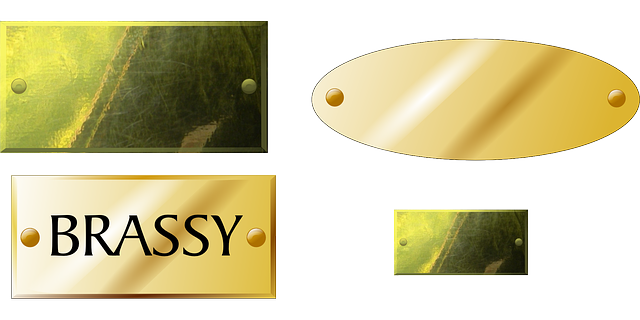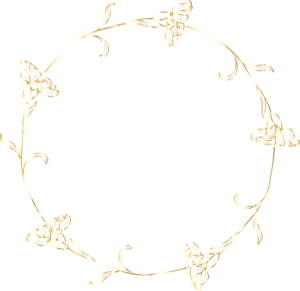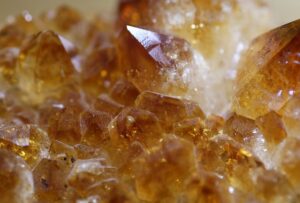
Gold IRA accounts enable investors to diversify their retirement portfolios by including physical precious metals like gold, silver, platinum, and palladium. These accounts require careful selection of a custodian well-versed in self-directed IRAs with experience in precious metals, who will manage the account and guide you through the IRS-compliant rollover process from an existing IRA or 401(k). The IRS mandates direct rollovers to maintain tax benefits and requires adherence to contribution limits. Precious metals in a Gold IRA must meet the IRS's purity standards to retain their tax-advantaged status. Investors are responsible for engaging with knowledgeable custodians, ensuring secure storage—either in an IRS-approved depository or at home with insurance—and maintaining accurate records throughout the process. Eligible rollover sources include traditional and Roth IRAs, as well as 401(k), 403(b), and TSP plans. Rollover methods include direct, indirect (60-day), transfer, and trustee-to-trustee transfers, each with its own advantages and intricacies. It's advisable to consult with financial or tax professionals to determine the best rollover method for your situation, ensuring compliance with legal standards while managing a Gold IRA effectively.
When considering retirement, diversification is key. Among the options available, Gold IRAs stand out as a potential hedge against inflation and market volatility. This article serves as a navigational guide through the Gold IRA rollover process, ensuring you make informed decisions for your financial future. We’ll cover everything from understanding the nuances of Gold IRA accounts to executing a seamless rollover, selecting appropriate precious metals, and managing your investments post-transition. Whether you’re an experienced investor or new to retirement planning, this comprehensive guide will equip you with the knowledge necessary to integrate gold into your retirement strategy, in full compliance with legal frameworks and tax regulations. Let’s embark on a journey to secure your financial horizons with the timeless value of gold.
- Understanding Gold IRA Accounts: A Comprehensive Guide
- The Gold IRA Rollover Process: Step-by-Step Breakdown
- – Recognizing Eligible Retirement Funds for Rollover
- – The Types of Rollovers for Gold IRAs
Understanding Gold IRA Accounts: A Comprehensive Guide

Gold Individual Retirement Accounts (IRAs) offer a unique and valuable investment opportunity for those looking to diversify their retirement portfolio with physical gold, silver, platinum, and palladium. Unlike traditional IRAs that typically invest in stocks, bonds, or mutual funds, a Gold IRA allows for the purchase and ownership of precious metals within an IRA framework, providing a tangible asset component to your retirement savings.
To initiate a Gold IRA rollover, individuals must first choose a reputable custodian that specializes in self-directed IRAs including those holding gold and other precious metals. This custodian will guide you through the process, which begins with setting up the account. Once established, you can proceed with a rollover from an existing IRA or 401(k), or transfer funds directly from an employer-sponsored plan if allowed by regulations. The Internal Revenue Service (IRS) stipulates that such transfers must be handled as a direct rollover to ensure the transaction is tax-free and adheres to contribution limits. It’s imperative to work closely with your chosen custodian, as they will facilitate the transfer, assist in purchasing the approved precious metals, and ensure that all transactions are compliant with IRS rules and regulations. Understanding the intricacies of Gold IRA accounts is crucial for a secure and legally sound investment strategy for your retirement years.
The Gold IRA Rollover Process: Step-by-Step Breakdown

When considering a Gold IRA rollover, it’s crucial to navigate the process with precision and understanding. The first step involves reaching out to your current retirement account custodian to initiate the rollover process. You will request a direct transfer of funds into your new Gold IRA account, which must be handled according to IRS regulations to ensure tax advantages are maintained. This direct transfer is distinct from a 60-day rollover, where you might temporarily receive the funds and then deposit them into the Gold IRA within the stipulated period.
Once you have selected a trustworthy custodian for your Gold IRA accounts, they will guide you through the process of purchasing the physical gold or other approved precious metals. These assets must comply with the IRS’s purity standards to qualify for tax-advantaged treatment within your retirement portfolio. The custodian will facilitate the purchase from a reputable dealer and oversee the secure storage of your gold holdings, either in an IRS-approved depository or an insurance-protected home safe if allowed by the custodian. Throughout the rollover process, it’s imperative to keep detailed records and adhere to all IRS guidelines to ensure a smooth transition and maintain the tax benefits associated with your Gold IRA investment.
– Recognizing Eligible Retirement Funds for Rollover

When considering a rollover into a Gold IRA account, it’s crucial to identify which types of retirement funds are eligible for this transfer. Eligible funds typically include traditional and Roth IRAs, as well as employer-sponsored plans such as 401(k), 403(b), and Thrift Savings Plan (TSP). Understanding the distinction between these accounts is key; for instance, while a traditional IRA allows for tax-deferred growth of investments, a Roth IRA offers tax-free withdrawals in retirement. To initiate a rollover, you must directly transfer funds from your existing eligible account to your new Gold IRA account. This process ensures that you maintain the tax advantages and do not inadvertently trigger an early distribution, which could result in taxes and penalties. It’s essential to adhere to the IRS regulations regarding rollovers to ensure a smooth transition into a Gold IRA account, where your investments can include precious metals such as gold, silver, platinum, and palladium, subject to specific purity standards set forth by the IRS.
– The Types of Rollovers for Gold IRAs

When considering a rollover into a Gold IRA account, it’s crucial to understand the different types of rollovers available. The direct rollover is one such option where the funds are moved directly from your existing retirement plan to your new Gold IRA account without passing through your hands. This method ensures a seamless transfer and compliance with IRS regulations. Another option is the indirect (or 60-day) rollover, where you personally receive the funds from your old retirement plan, which then need to be deposited into your Gold IRA within 60 days to avoid tax implications. It’s essential to maintain meticulous records and adhere to deadlines when opting for the indirect rollover to ensure a smooth transition.
The rollover process for Gold IRA accounts can also include transfer rolls, where funds are transferred directly between financial institutions, bypassing your control altogether. This method is often favored due to its simplicity and minimal risk of mishandling the transaction. Lastly, the trustee-to-trustee transfer is a straightforward process where the custodian of your old retirement plan transfers the funds directly to the custodian of your Gold IRA account, again without your direct handling of the funds. Each type of rollover has its own set of advantages and considerations, and it’s advisable to consult with a financial advisor or tax professional to determine the best option for your specific situation. Understanding these options is key to navigating the Gold IRA rollover process effectively and ensuring that your retirement savings are handled according to your plans and within legal frameworks.
Navigating the Gold IRA rollover process can be a prudent move for securing your retirement savings with a tangible asset. This guide has demystified the steps involved, from identifying eligible retirement funds for transfer to understanding the various types of rollovers that cater to Gold IRA accounts. With clear insights into each phase of the rollover process, individuals are now equipped to make informed decisions about their financial future. Remember to consult with a financial advisor to tailor this strategy to your unique circumstances, ensuring a smooth transition to a Gold IRA account should you choose to diversify your retirement portfolio with precious metals. By taking this step, you’re positioning yourself to potentially benefit from the stability and growth potential that gold and other precious metals can offer within an IRA framework.







